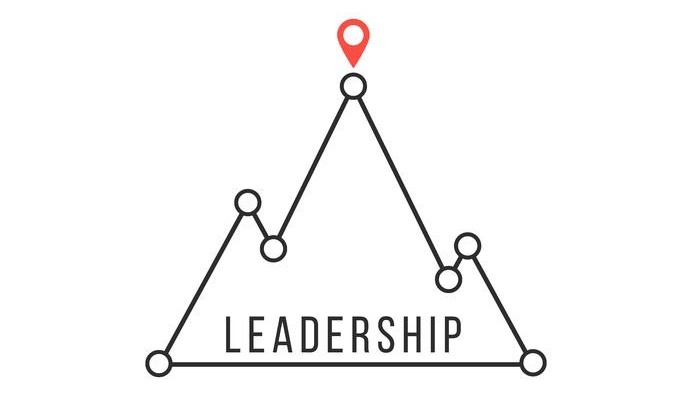
Is it important to have a different change management strategy for different types of changes within your organization? To answer this, let’s take a look at the difference between routine changes and large enterprise changes.
Routine changes come about through organizational activities such as process improvement, continuous improvement, lean and six sigma projects, and so on.
They are generally small step changes to the existing way of working in the organization. Often, they are quite local in their impact, a team, a function or a value chain; and provide incremental, but ongoing changes.
Enterprise changes are those large scale, high impact, and often strategic changes an organization makes. They are normally once-off activities, time critical and provide a leap forward for the organization.
The scope of the change is large, often organizational wide, and so is the visibility. A new system implementation, a culture change, a re-organization, a strategic business transformation.
The differences in your change management approach
Should you have a different change management methodology for these two types of changes? We would argue that the methodology and the tools stay the same, but the approach and the implementation of the change management activities needs to differ.
Some might think that for routine changes change management is not necessary. Consider the fact that you are asking your employees to change how they work, the changes might be small but they are frequent. There is a change impact.
All successful changes need strong leadership, a focus on identifying and mitigating people risks and ultimately require people to change. But, the scope of influence and control you need for different types of changes will differ.
So, while your CEO might be the sponsor of your strategic change program, your mid-level manager or process owner will be the sponsor of your process improvement project.
Likewise, legacy and risk assessment will have an enterprise wide focus in the first instance, while the scope will narrow considerably in the second case. For frequent, routine, changes the approach could be having quicker but more frequent assessments. The same is true for training, communications, engagement.
Enterprise Change Management supports all changes in the organization
In an Enterprise Change Management approach, the organization has the change management framework and capabilities to support change of any size.
While a strategic business transformation program will likely have specific resources in the change management workstream(s), the local, routine changes would be run by process improvement or six sigma experts who have been trained in change management tools and techniques. Having an internal capability allows you to train and deploy the right resources to the right tasks.
By using a consistent change management toolkit cross all types of changes, the organization becomes familiar with the language and tools of change, allowing each change implementation to build upon the successes of the previous ones.
Of course, flexibility is the key here. Ensuring that the tools and techniques can be adapted to match the needs of a small, routine change, as well as your larger, enterprise changes, is the mark of a strong change management methodology.
One last thought
As a slight tangent, for a proper continuous improvement culture to work, you need your employees to be open to change, to improving how they work, and identifying opportunities for ongoing improvements.
This aspect is one I will park for today, but if you are interested in understanding why change management is critical when establishing a six sigma team (or process improvement team for that matter), then take a look at Change Management and 6 Sigma.


Leave a comment